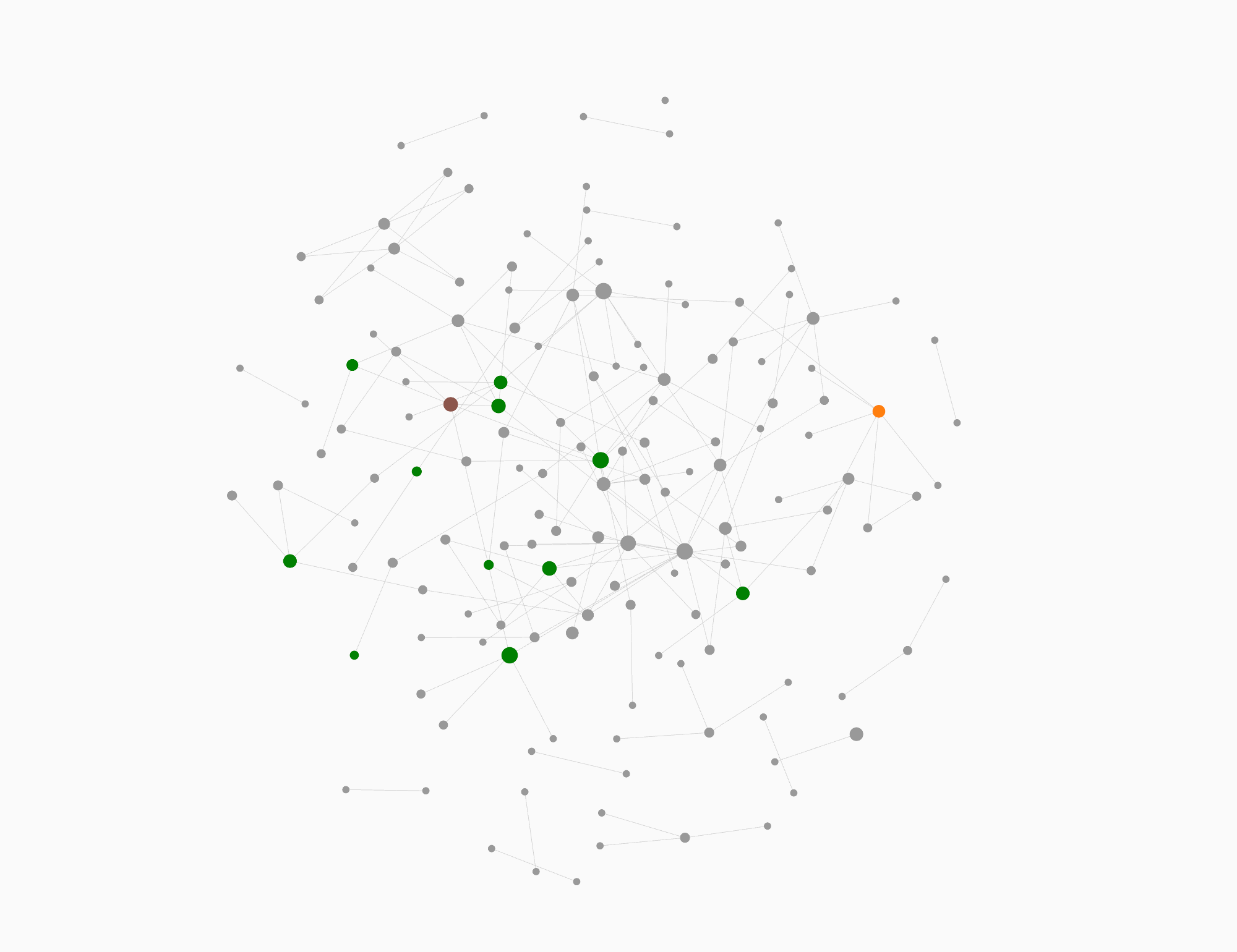You know that feeling in the start of a college or a school year? You say to yourself “I’ll be as productive as possible” and you feel like you can climb a mountain.
At least, this was my case. The first thing that I wanted to determine is a note-taking app. I wanted to have a written outline of every lecture organized in the best possible manner. So, I started to search for beautiful, powerful, and optimized for my developer-oriented mind apps for my college workflow.
Evernote, Apple Notes, OneNote, Joplin, Notable
… and many other conventional note-taking apps. The biggest no-no for me was the inability to organize content efficiently. The best option was to work with folders and tags, but it gets messy really quick. Who uses tags? That is due to the fact that these apps were not developed to design some kind of knowledge database but rather for quick note-taking. Also, they don’t suffice my developer needs for code embeddings and markdown. Speaking about OneNote, it’s just ugly and over-complicated.
Links
Notion, Boost Note
These are good! Even though they have hierarchical structuring, it’s supplemented with emoji icons and title pages. These additions help to navigate through data quicker. Notion’s workspaces and page linking helps to structure data efficiently. So, what’s wrong? Online service only. These apps are web-based apps and having a lagging app on some kind of fast-going lecture is not what I am looking for.
Links
IA Writer
My all-time best app for writing. Minimalistic tool with markdown support. Simply said, best for writing. However, not really suitable for structuring data and poor on linking, image embedding, and code highlighting.
Links
Logseq
Weird at the first glance, genius if you dive deeply. Graph-based organization system bemuses at first. “What do you mean there is no folders?” But then you realize that folders or hierarchical structuring is logical but not natural. When you write some content, new concepts flow not in hierarchical order but rather like connections or links. In Logseq, pages are created as they are needed. The whole workspace is graph-organized. Moreover, it supports lots of block types and this satisfies my developer’s needs with overhead. Thus, I started considering this app as a primary one for use.
UPD: after almost a year use of logseq, my knowledge base looks like that

And it’s cool, but I have to say that this graph view is really of low use, unfortunately. Or I just have not used the app extensively enough.
Links
Athens
Looks like Logseq and has a very similar functionality. However, I found Athens more pleasant-looking and less complicated. Here it is. Minimalistic app with beautiful design and striking structuring system. This is my top-1 of all note-taking apps that I was reviewing for a couple of days.
However, the project is brand new and has some bugs, so maybe I will be using Logseq for reliablity.


